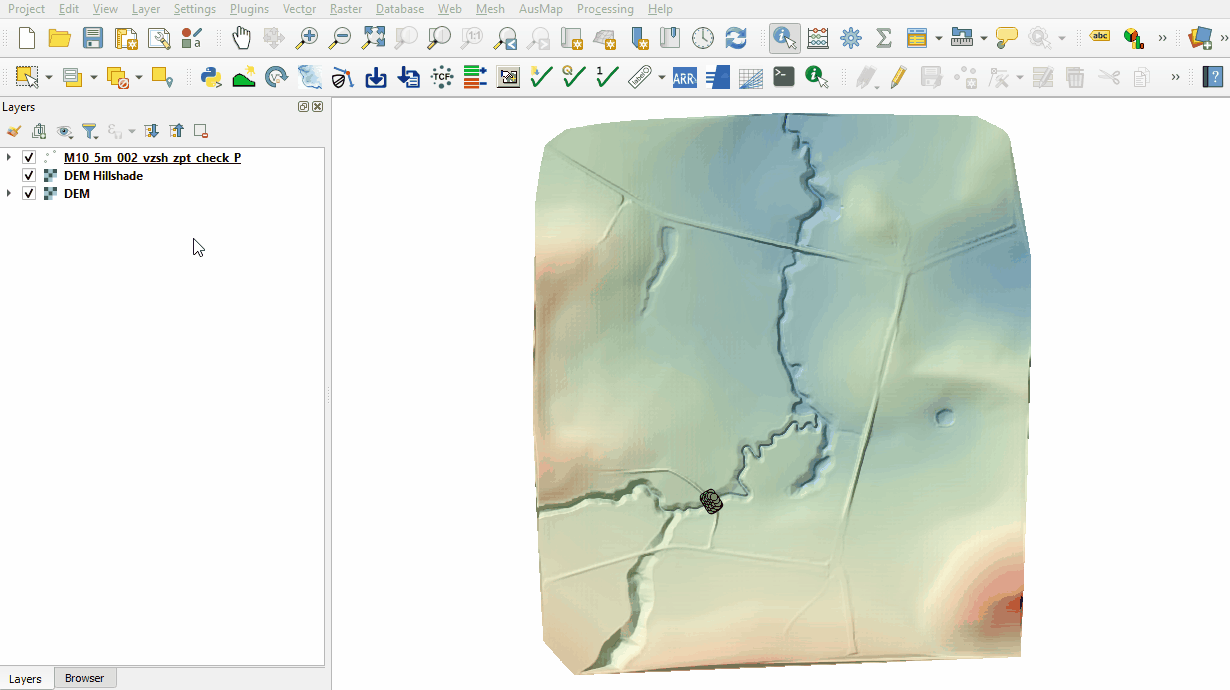Difference between revisions of "Tutorial M10 002 Check Files QGIS"
Jump to navigation
Jump to search
(Created page with "= Introduction = QGIS is used to import the check files and review the dam break.<br> <br> = Method = This tutorial introduces: :*Check_Files_2d_vzsh | _vzsh_zpt_check_P.s...") |
(→Method) |
||
| Line 5: | Line 5: | ||
= Method = | = Method = | ||
This tutorial introduces: | This tutorial introduces: | ||
| − | :*[[Check_Files_2d_vzsh | _vzsh_zpt_check_P | + | :*[[Check_Files_2d_vzsh | _vzsh_zpt_check_P]] |
Review the check files: <br> | Review the check files: <br> | ||
Revision as of 08:51, 20 April 2023
Introduction
QGIS is used to import the check files and review the dam break.
Method
This tutorial introduces:
Review the check files:
- Open the following files from the Module_10\TUFLOW\check folder:
- M10_5m_002_vzsh_zpt_check_P.shp
- Use the 'Apply TUFLOW Styles to Open Layers'.
- The vzsh_zpt_check file contains information on the elevation points that change over time, elevation change, final elevation and trigger conditions.
Note: [35;70] is a unique identifier of the grid cell that the water level trigger point is contained within. It comes from the the grd_check layer where, in this example, the attribute 'n' is 35 and 'm' is 70 for the cell containing the trigger.

Conclusion
- The topographic modifications representing the dam break were inspected.
| Up |
|---|